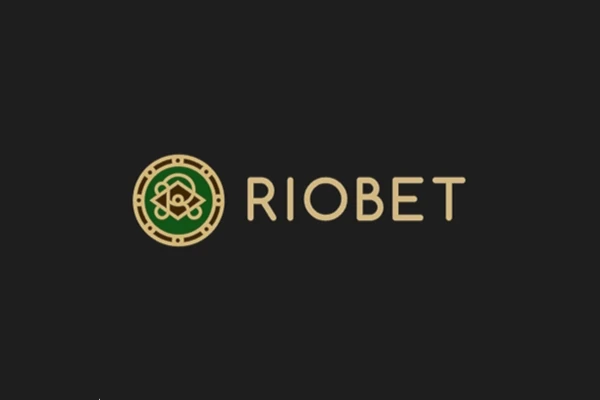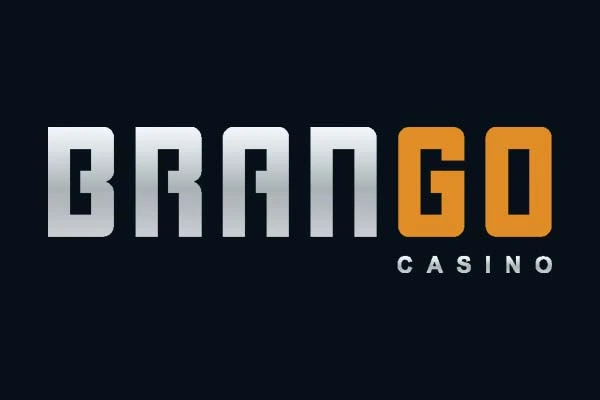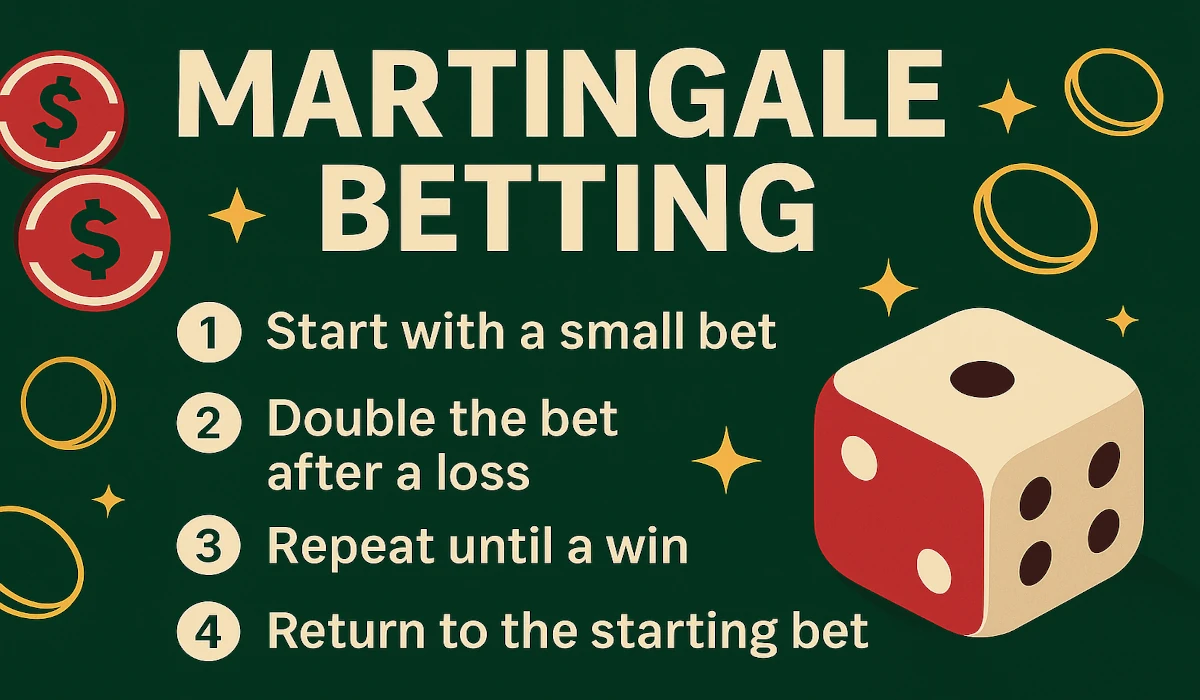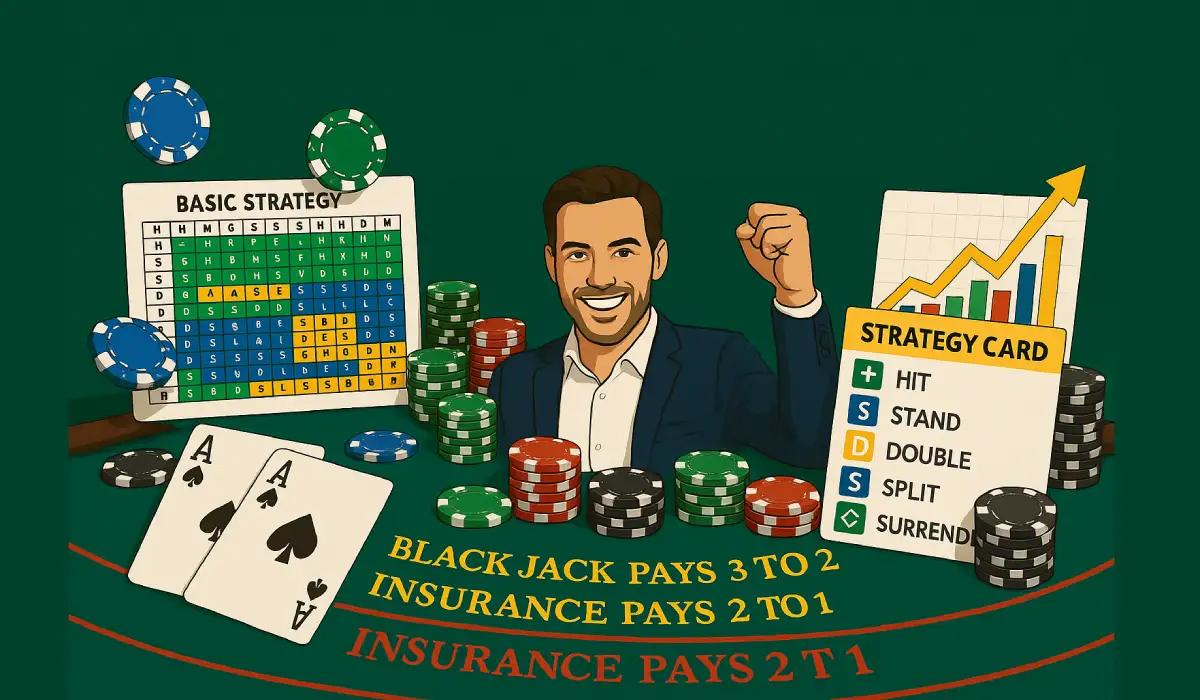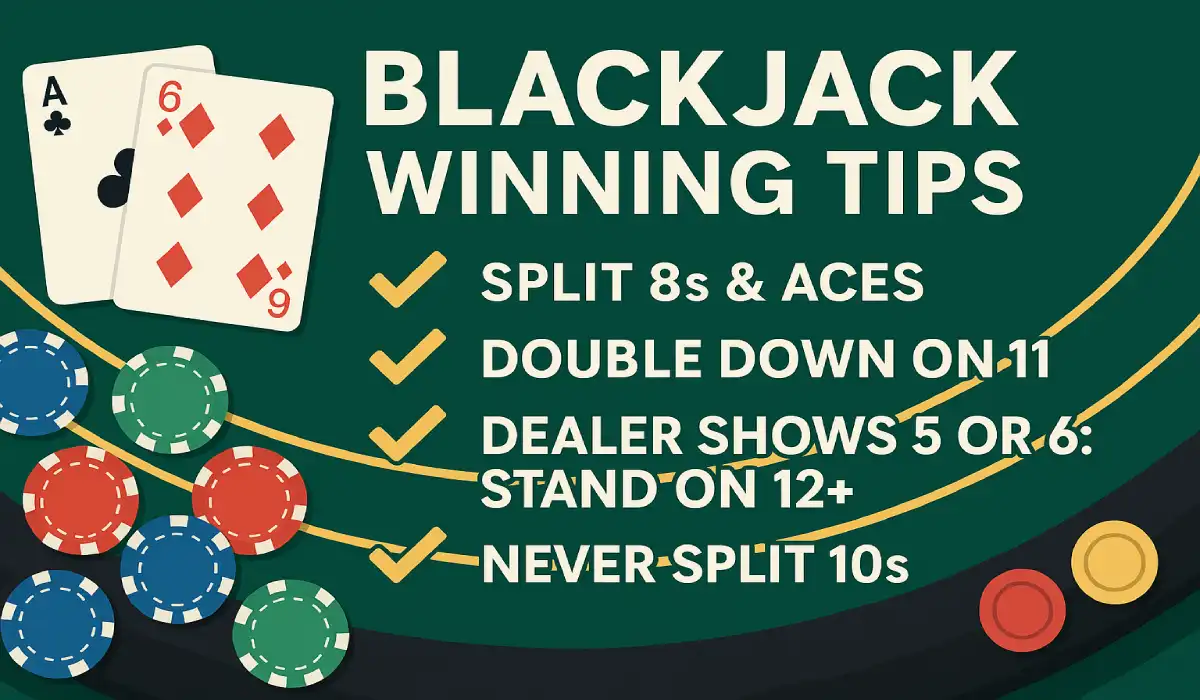
05 Jun 2025
How to Play the 21 Card Game: A Beginner's Guide
🗝️ Key Takeaways
- The primary goal in the 21 card game, also called Blackjack, is to outscore the dealer without going over 21, which requires careful and strategic choices to win.
- Recognizing the right moments to hit, stand, double down, and split can significantly impact a player’s results. This choice becomes even more important when you factor in the dealer’s up-facing card and the hard-and-fast rules that govern the dealer’s play.
- Strategic manipulation of hand totals is essential to prevent a costly “bust.” If at any time you go over 21, you immediately lose—even if the dealer busts.
- Understanding card values—including the dual nature of aces and the set value of face cards—allows players to calculate hand totals quickly and make informed choices at the table.
- Practicing and applying basic Blackjack strategy, such as using strategy charts and recognizing optimal moves, can significantly improve chances of winning and minimize losses.
- Understanding the game’s history, myths, and how digital play and the tournament scene have changed over the years enriches the experience. Armed with this information, players are inspired to seek new opportunities to play 21 comfortably, whether in-person or over the Internet.
"21" is a nickname for Blackjack because the game's goal is to get a hand value as close to 21 as possible without going over. Blackjack combines chance with mastery!
Each player works to create a hand of cards that adds up to 21 without going over. The title “21” underscores this singular aim.
It unambiguously distinguishes the game from Indian Rummy, which is played with a different set of rules and has a different style of play. Almost everyone confuses blackjack and rummy, but only blackjack gets nicknamed “21” around these parts.
The value 21 is central to blackjack gameplay and rules – exceeding that value often results in a special win or bonus payout. For all those who enjoy traditional card games, blackjack’s combination of easy-to-learn rules and genuine difficulty make it a mainstay.
For all those who enjoy traditional card games, blackjack’s combination of easy-to-learn rules and genuine difficulty make it a mainstay.
🎯 Your Goal: Outsmart The Dealer
Your goal in the 21 card game is to obtain a card hand closer to the value of 21 than the dealer. Just make sure you don’t exceed that amount! Watch out for traps and pitfalls, and don’t get deceived by the dealer’s cards!
Learn to read the dealer’s hand and play smart to maximize your score. The game isn’t a roll of the dice – it’s the power to make informed decisions and take calculated risks.
Smart players lose track of total counts and feel out the dealer’s moves. Your goal is still to win, but not by exceeding 21. Here’s a look at what you should be on the lookout for.
✨ Aim for That Magic Number
Getting to 21 is the ideal outcome – that’s the best hand you can achieve. Any combination of cards will bring you there! Unlike regular blackjack, where, for example, a ten and an ace is a “blackjack,” you can have three cards that total 21.
Learning when to hit and when to stand is the most important skill. Say you’ve got a hand totaling 16; decide on your strategic move. Or, if the dealer’s upcard is weak, such as a 4, you could consider standing and hoping they bust.
Know your hand’s total value with each card dealt. Keep in mind that aces can be worth 1 or 11, allowing you even more chances not to bust!
💥 Beating Dealer's Hand Matters
Beating dealer’s hand is not enough. The dealer has to play by set rules: they must hit if their total is 16 or less. Keep your eye on the dealer’s upcard—here’s how to know when to get aggressive and when to protect yourself.
If you understand the rules the dealer has to play by, you can build your winning hand despite them.
💣 Why Going Over is Bad
Going over 21 is known as busting, and in that case, you lose instantly. To prevent this from happening, play your hand conservatively.
One case in point is that if you are dealt an 18 and the dealer is showing a 7, standing is usually a better bet. Remaining below 21 is always preferable to gambling on an immediate loss.
♠️ Know Your Tools: Cards & Table
Blackjack, or the 21 casino card game, as it is commonly known, begins with a relatively simple tool set. All you need is a regular 52-card deck!
Be sure to include chips to bet with, and a table specifically designed for this game. The family life around the table can add to the experience, making it a fun gathering.
Each table is configured to accommodate two to seven players, with the dealer at one end. The setup is simple—the dealer deals cards from left to right, typically referred to as “first base” to “third base.”
They play with one or two decks, maybe from a shoe or even a shuffling machine! Knowing the card count can give players a strategic edge.
The table layout displays betting spots, chip circles, and often areas for side bets such as pairs or unique sums. Chips aren’t merely a decorative element.
Yet, they determine the speed and direction of each round. Each chip color corresponds to a dollar value.
Each table also sets a betting limit, so you will be aware of what the minimum and maximum bets will be. Players are allowed to bet in several boxes, unlike at most U.S. Casinos, where players are limited to a maximum of three positions at a table.
It’s all about knowing the cards you’re dealt. Each card is worth something. Number cards are worth the number shown on the card in points.
Kings, Queens, and Jacks are never worth more than 10. Aces are the wild card—they can be 1 or 11, meaning you have many strategic possibilities.
For instance, an ace and a 9 is a “soft 20.” Two aces would be 2 or 12. If you draw a King and a 7, you have 17. The dealer’s career is over. They play their hand last, by the rules of the table, which adds to the chaos of the game.
On some tables, the dealer will stand or hit on a soft 17. In certain places, particularly across Europe, the dealer waits to draw their second card until players have completed their turns.
At many tables, you’ll see a mirror or sensor to help the dealer peek at their “hole card” for blackjack, enhancing the overall experience of this classic card game.
🃏 Card Values: Easy Peasy
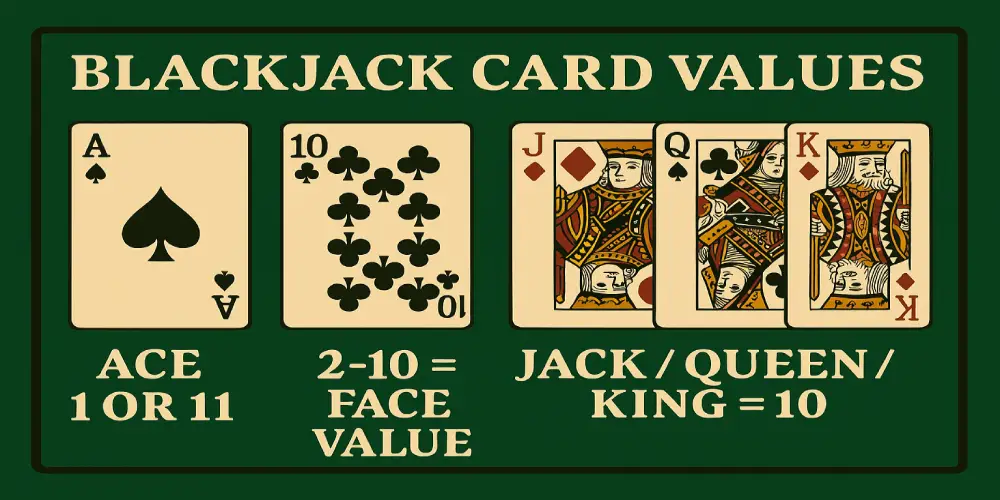
Card values are always valid, no matter how many people are listening! Face cards (King, queen, jack) are worth 10. Aces are worth 1 or 11. So, for example, if you play a 6 and a 5, that’s 11.
A hand with a 10 and a 7 adds up to a fixed total of 17, while a combination of an Ace and a 6 can be valued as either 7 or 17, depending on the situation. Simple calculations make for a quick game and intense game.
Powerful hands like to leverage an ace’s double value to have the most powerful hands remain alive when struck.
🎲 Face Cards and Tricky Aces
Face cards are worth 10 points each. This strengthens combinations with aces tremendously. An ace and a face card is blackjack: 21 points. Aces are wild, and they’re extremely flexible.
If you hold an ace, 7 and 3, your hand is 11 or 21. The ace has a special ability, to “switch” values to protect you if you draw a high card.
⚔️ Player vs. Dealer Setup
The table is set up so that players can watch their own hands. The dealer controls the table with highly rigid rules of operation. Players can decide to take a hit, remain with their current hand, double their bet, or split their cards.
The dealer plays last, following house rules—always stand or hit on specific totals. Understanding what role you’re supposed to play and what rules the dealer has in place enables you to make better moves.
🎯 What You Need to Play
The basics: chips, cards, and a blackjack table. Begin by selecting your chips and wagering in the predetermined allowable range. Use a regular playing card deck without jokers.
Refer to the game table for the best betting spots and side bet availability. Learn their position at the table and the shape of the card distribution.
🥇 Let's Play 21: Your First Hand
Take a seat for your first hand of 21, or Blackjack as it’s called. In no time, you’ll be immersed in the game logic, excitement of wagering, and a sprinkle of suspense! The goal is simple: reach a hand value as close to 21 as possible, but never go over.
Betting, dealing, and revealing each round is easy to follow, step-by-step, as players place bets, cards are dealt and eventually revealed.
1. Place Your Bets First
Place your bet in the indicated spot on the table. Tables in the U.S. Usually establish a minimum and a maximum, such as a $5 buy-in to $500 maximum buy-in per round.
It is essential for players to personally manage their bankroll to ensure they do not run out too early, particularly if playing several rounds. Understand the house rules—some tables will have strange limits or an unusual bet structure.
Even in low-stakes, casual games, placing bets can create a fun competitive tension.
2. Getting Your Cards Dealt
This is the dealer shuffling a standard 52-card deck. Next, they deal two cards face down to each player and themselves.
The dealer now reveals their first card, turning it face-up. They do not reveal the second card, known as the “hole card,” which remains face down.
The first two cards dealt are the most important, as an Ace and a 10-value card (10, Jack, Queen, or King) make a natural 21. Aces are special—they can be worth either 1 or 11 points.
3. Your Turn: Key Decisions
Players take turns in order from here on out. Your turn involves key decisions that shape the outcome of your hand.
Your first moves in this game are simple. You can further “double down” (double the bet for just one card) or “split” (if you’re dealt a pair).
Smart play involves paying attention not only to your own cards, but what the dealer has showing (their upcard). They usually stick on 17 or above because hitting would potentially bust their hand.
4. Dealer Reveals Their Hand
When everyone has had their turn, it’s time for the dealer to show their hand. This means dealers have to hit until their card total is at least 17.
With the way the dealer’s hand plays out and is able to turn the result on its head, this reveal is always a nail-biter.
5. Who Wins? The Showdown
Once the dealer has acted, hands are compared. Whoever is nearest to 21 takes the hand.
If you tie the dealer, it’s a push, and you lose your bet. This last reveal tends to deliver a swift punch of dramatic tension.
💡 Play Smarter: Quick Win Tactics
Losing at the 21-card game shows that luck isn’t enough to ensure victory; instead, players who master the math and patterns behind each move can gain a significant advantage. Smart play involves understanding when to hit, stand, split, or even walk away, which are all crucial skills in this classic card game.
Habitually planning around what works can embed these techniques into your thinking, making the right decision instinctive!
📘 Basic Strategy: Your Best Friend
Basic strategy charts provide the optimal play for each possible player hand against each possible dealer upcard (2 through Ace). These charts are based on math, not magic, and serve to prevent losses in the long run.
For instance, when you stand on 12 against dealer’s 4, 5, or 6, you usually end up doing better than if you took a hit. This strategy is effective because the dealer is more likely to bust. Memorizing these plays—never splitting tens or always splitting eights—saves money and allows players to make decisions with conviction.
It may seem cumbersome to use a chart at first, but with a bit of practice, it will be second nature.
🔥 When to Hit: Don't Be Shy
Hitting is most rewarded with weak hands. If you have a hand under 12, you have little chance of busting, so hitting is a no-brainer.
If you have a hand of 16 and the dealer shows 7 or higher, hitting is a better play than standing. Be on the lookout for the risk of busting, and always consider it against what the dealer is showing.
🛑 When to Stand: Hold Strong
When to Stand—Hold Firm Standing is the best play with a good hand, particularly when you hold 17 or more. This reduces the chance of exceeding 21.
Play smart and trust your read of the table and the dealer’s upcard. Once in a while, standing your ground will carry you to success!
✂️ Pairs to Split, Pairs to Keep
Splitting is most effective with pairs of 8s, as a 16 is a terrible hand, but two 8s can develop into powerful hands. Never split tens, either.
Two tens are more valuable as a 20 than they are as individual hands. Always look at the dealer’s upcard before splitting—splitting against a strong dealer card is usually a bad idea.
💸 Why Insurance is Usually a Dud
Why Insurance is Always a Loser The odds almost never work out in the players’ favor, so don’t take insurance—take the house down and play for a real hand.
These side bets usually end up taking more than they give.
🔍 Reading The Table: Player Tells
Watching the table gives clues—hesitation, quick bets, or muted reactions can reveal how others feel about their hands. Identifying tells of discomfort or overconfidence will inform what move you make next.
This bit of wisdom injects the social aspect of the game into the technical mechanics of play.
🔑 Your Choices: Key Player Actions
In the 21-card game, each player begins with a similar set of choices that impact their strategy and the overall feel at the table. Understanding what each action does and when to deploy it offers an incredible advantage for players, especially when using card counting techniques to enhance their gameplay.
➕ Hit Me: Taking Another Card
Taking another card when you request an additional card, you “hit.” It’s a bold move that increases the risk and reward. Here’s your opportunity to turn that lousy hand into a winner! If your new total exceeds 21 you bust and lose automatically.
If you have 12 and the dealer is showing a 2 or 3 then you should hit. When the dealer is showing 4 through 6, in those cases standing usually performs better. If you’re holding a soft hand like an Ace and a 3 (soft 14), you can hit or consider doubling your bet when the dealer shows a 5 or 6. This tactic prevents you from going bust before you even start! Play against the dealer’s card show first.
✋ Stand Firm: Keeping Your Hand
To “stand” in Blackjack means you hold your current hand and take no more actions for that turn. This is great advice, but only when your hand is good enough, say a hard 17 or better.
With a total of 12, stand against 4-6 on the dealer’s down card. Your only fundamental objective is to avoid busting yourself while you wait to see if your opponent dealer beats you by going over 21. Understanding the dealer’s upcard can give you a better idea of when to stand put.
⚡ Double Down: Big Risk, Big Reward
Double Down: Big Risk, Big Reward Much like in Blackjack, picking to double down allows you to double your bet and draw one additional card—no further hits allowed. This play is extremely profitable when the sum of your initial two cards equals 9, 10, or 11.
For double 5s, double down against a dealer 2-9. When you have soft 14 against a dealer’s 5 or 6, now is the time to double. The caveat is you only get one swing, so make sure you’re ready before you double down.
🎲 Split Pairs: Two Hands Are Better?
When you receive a pair, you can split the cards into two separate hands. Make your second bet the same amount as the first bet. Splitting pairs of 9’s is the smart move if the dealer is showing a 2 through 9 (7 excluded).
This action provides you with additional opportunities to win, but only when the dealer’s hand appears to be at a disadvantage. Splitting is an important skill—practice will ensure you’re able to identify the optimal opportunities.
🛡️ Insurance Bet: A Side Gamble
Blackjack is a game of chance, but dealers help players double down on bad fortune. This insurance side gamble pays 2 to 1 if the dealer hits Blackjack!
Over the long haul, insurance bets never pay off. Don’t hedge your bets. Most experts recommend not hedging your bets—that is, spreading your money around to improve your odds.
📜 21's Journey: Past, Present, Myths
The story of the game of “21,” better known to most as Blackjack, is an interesting one. Its narrative traverses centuries and continents and even crosses over into the virtual realm. Its path is rich with history, evolution, and lore that created the game we have all come to enjoy today.
This section further unpacks its journey, with specifics to illustrate for readers why “21” is important—then and now.
🤔 Where Did "21" Come From?
The name "21" comes from its core rule: getting cards close to 21 points without going over. Its roots extend back to French games such as Vingt-et-Un in the 1700s. As the game traveled from one side of Europe to the other, the game gained the moniker Blackjack.
Over the decades, it caught fire in American casinos and found its way into the American pop culture zeitgeist. Its rules and play style made it highly accessible, easy to learn, and challenging to master. This counterintuitive blend garnered the attention of players from all walks of life.
Understanding its past allows today’s players to appreciate the game’s contribution to history and culture.
🕰️ How "21" Changed Over Time
Rules in Blackjack have changed since its inception. Early on, these games would pay bonuses for magical combinations of cards, and casinos would alter the rules to prevent players from getting one step ahead.
The explosion of card counting in the 1970s and 1980s influenced how casinos dealt with skilled play. Variants such as Spanish 21 and Pontoon demonstrate the game’s popularity across the world. Knowing how these changes occurred allows players to understand how Blackjack remains vibrant and adaptable.
🌐 "21" Goes Digital: Online Play
Online Blackjack will allow “21” to travel to whoever has an internet connection. Digital games run 24 hours a day! Users can select from hundreds of different stakes or instantly enter live dealer games that feature live gameplay from tables and dealers around the world.
Though live games in a casino offer in-person conversation and tangible cards, online play is quick and discreet. These new platforms provide players a chance to try out their new skills and learn the rules of the game without the audience.
💥 Common Myths Busted Wide Open
Almost everyone believes that card counting is an easy loophole to make a lot of money, mainly due to films such as “21.” The truth is far more nuanced. The MIT team featured in the film survived on math, memory, and camaraderie.
Even for them, it was a difficult task. Card counting is the practice of tracking high and low cards. It takes anticipation, judgment, and repetition—not merely chance or quick calculations. Myths make it look simple, but deeper learning is much more complex work.
🎤 Tournament Talk: "21" on Stage
Blackjack tournaments add a fresh dimension to the game. Players don’t just play against the dealer, they play against each other. These spectacular feats, as witnessed in person in Las Vegas and virtually online, require incredible game finesse and strategic wagering.
In addition, well-known competitions have helped to reframe public perception of “21,” transforming it from a simple game of chance to a challenge of skill and strategy. For players seeking a deeper challenge, the true excitement lies in these competitions.
🔒 Conclusion
The 21-card game holds its own on the table game circuit. People who are new to the game can experience quick wins with strategic plays and some boldness. Every round takes a chance on rapid-fire math and gut instinct.
The game that packs arenas in Las Vegas also fills suburban backyards in San Francisco. It constantly forces players to scan the table and be on their toes. So rules remain easy, but each hand is new and different.
To continue playing smart, stay aware of your decisions and reflect on every round. Stay tuned to our blog for more moves to make, and tell us your best moves in the comments.
Have a great story to tell or a question to ask about 21? Drop a comment below, or drop us a line—let’s continue the table talk.
Frequently Asked Questions❓
What is the main goal in the 21 card game?
The main objective in the 21 card game is to get as close to 21 as possible without going over, utilizing advantageous play techniques.
How many cards do you start with in 21?
In the classic card game of Blackjack, also known as the 21 card game in the U.S., players are dealt two cards while the dealer receives two cards as well!
What card values should I remember?
Cards 2 through 10 are face value cards. Face cards (Jack, Queen, King) are worth 10. Aces can be valued at 1 or 11, your choice.
Can I hit as many times as I want?
In a standard deck game, players often wonder if they can hit as many times as they want.
What happens if I go over 21?
This is known as a “bust,” and if your hand goes over 21, you lose that round automatically.
Is 21 the same as Blackjack?
Yes, 21 and Blackjack refer to the same card game. The goal is to get a hand total as close to 21 as possible without going over. "Blackjack" is the modern name commonly used in casinos, while "21" reflects the original objective of the game.
Are there strategies to increase my chances?
Yes. Smart moves such as understanding when to hit, stand, or double down in family life can increase your chances of winning. Never wager more than you can afford to lose.
